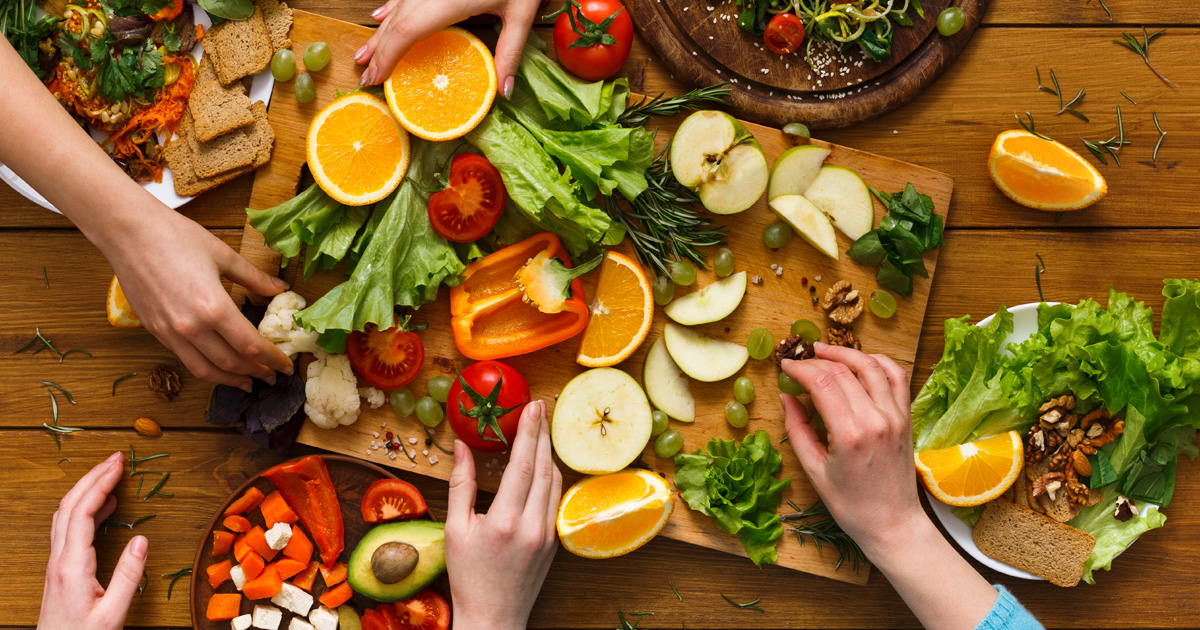Fresh prescription: prescribing F&V as medicine
Eating a diet rich in fruit and vegetables (F&V) may decrease the risk of developing type II diabetes and can be beneficial in the treatment of this condition once it develops. Despite these benefits, many people do not consume the recommended servings of F&V. This is especially true in lower socioeconomic areas. Many believe that this is due to lack of access to fresh produce for those who live in so-called food deserts. Unfortunately, even with improved F&V access, this does not always translate to increased consumption.
The patient population served at the Community Health and Social Services Center (CHASS) in Detroit, MI, certainly follows this trend. The majority of CHASS’ patients are of lower socioeconomic status, are Latino or African American, and are Spanish speaking. Sadly, diabetes occurs at very high rates in our patients; many of whom struggle to eat the recommended amount of F&V.
The Fresh Prescription Program (Fresh Rx): an opportunity to prescribe F&V as a form of “medicine” to patients
At CHASS, we believe the physician has an opportunity help the patient see the connection between their food choices and their health. We aim to motivate our patients to become more actively engaged in health and wellness. We saw this as an opportunity to effect change in our patient population, so we brought the Fresh Prescription (Fresh Rx) Program to CHASS. This incredible program brings together the healthcare system and the food system, fostering innovative relationships to build a healthy sustainable food system in Detroit. The Fresh Rx program affords the opportunity for medical providers to prescribe F&V as a form of “medicine” to their patients. This prescription can be redeemed at the weekly farmers market located at the CHASS center.
To understand the efficacy of the program and in hopes of finding a more economically sustainable model, we elected to investigate the outcomes of Fresh Rx program. The purpose of this study was to examine the impact of participating in a community health center based farmers’ market and fresh fruit and vegetable prescription program on changes hemoglobin A1C (HbA1C) concentration, blood pressure (BP) and weight in patients with uncontrolled type II diabetes at a Federally Qualified Health Center. The research followed 65 adults, uncontrolled, type II diabetes over the 13 weeks. The program allotted up to $40 ($10 for up to four weeks) for purchase of produce from the clinic based local farmer’s market. HbA1C, BP and weight were collected within three months of program’s start and within three months of completion.
F&V prescription program decreased hemoglobin
A1C concentration in type 2 diabetic patients
A statistically significant (p=0.001) decrease in HbA1C was found (9.54% to 8.83%). However, weight (208.3 to 209.0) and BP (135.1/79.3 to 135.8/77.6) did not change from preto post-study (p > .05).
The findings suggest the importance of a F&V prescription program in low-income patients with type II diabetes in regards to improved health outcomes, specifically a statistically significant decrease in HbA1C. We believe the success of the program comes from the connection made between health and nutrition. This education is provided by those involved in the program: the prescribing provider, the community health worker, and those doing cooking demonstrations at the farmer’s market. The market is colocated with the clinic, further bolstering that connection between good food and good health. As Hippocrates stated “let food be thy medicine and medicine be thy food.”
Healthcare providers have a unique opportunity to offer this type of “prescription” and to empower their patients to make positive and lasting change in their lives. We are tasked with improving the health and wellbeing of our patients and should embrace opportunities to think outside of the prescription bottle.
Based on: R. Bryce, C. Guajardo, D. Ilarraza, N. Milgrom, D. Pike, K. Savoie, F. Valbuena and LR. Miller-Matero. Participation in a farmers’ market fruit
and vegetable prescription program at a federally qualified health center improves hemoglobin A1C in low income uncontrolled diabetics. Preventive
Medicine Reports 7 (2017) 176-179.

